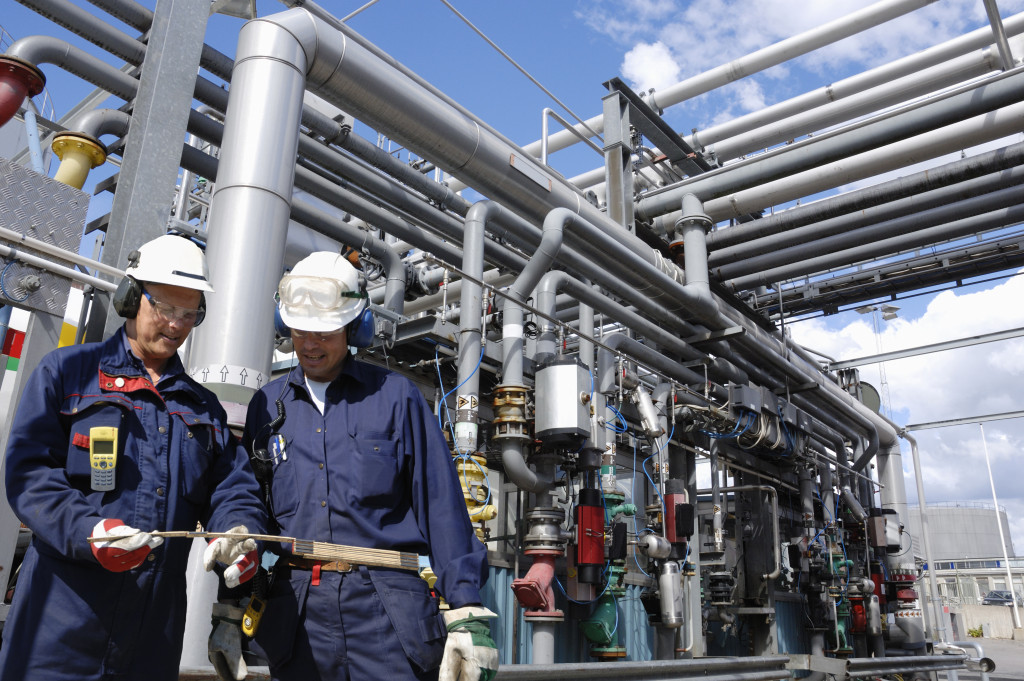-
- A thorough assessment of power requirements and future scalability ensures optimal performance and safety of industrial control panels.
- Optimal control panel design balances functionality and ease of maintenance, and allows for future expansion.
- Creating a full-scale physical layout before assembly can prevent potential issues, streamlining installation and usage.
- PLCs’ automation significantly enhances control panel efficiency by reducing human error and facilitating real-time monitoring and maintenance.
Several vital factors are needed to ensure optimal performance and safety when constructing industrial control panels for your manufacturing facility. These tips can guide a successful, efficient, and reliable control panel construction process, from choosing the correct components to ensuring proper installation and maintenance. Dive into the best practices you should employ for your manufacturing facility’s control panels.
Follow Best Practices
To harness the full potential of your industrial control panels and ensure their long-term reliability, it is crucial to follow a set of industry-recognized best practices. Here are some tips:
Assess Power Requirements

Before embarking on constructing an industrial control panel, a thorough assessment of power requirements is essential. Understanding the specific power needs of your manufacturing processes allows for selecting appropriate components that can handle the required load without failure.
Considerations should include your operations’ voltage, current, and frequency demands. Furthermore, anticipating future expansion or modifications can help design a panel with scalability. Proper power assessment enhances the performance and reliability of your control panels and mitigates potential safety risks related to power overloads or failures.
Hire a UL 508a Panel Builder
To ensure adherence to safety standards and quality control, hiring a UL 508a panel builder is highly recommended. A UL 508a certification signifies that the panel builder complies with the safety standards outlined in the UL 508a Industrial Control Panel directive. This certification ensures that the electric components within the panel are safe and reliable and the panel has been rigorously tested for various scenarios of electric failure.
It also signifies that the panel builder deeply understands the complex electrical codes and can effectively guide you through the entire process, from choosing the right components to ensuring proper installation and ongoing maintenance. Such a certified builder will deliver a reliable and safe control panel that will keep your manufacturing process running smoothly.
Optimize Control Panel Design
Design optimization is a critical aspect of control panel construction. An efficient design should balance functionality and ease of maintenance. It should provide enough space for components to dissipate heat, ensure clear labeling for easy identification, and accommodate future expansion.
Panel designs should also consider ergonomics and safety, ensuring high-voltage components are well-insulated and secure. Using software for virtual panel design can also help eliminate errors and streamline the design process. Remember, a well-designed control panel operates efficiently and reduces troubleshooting time in the event of a failure, saving time and resources in the long run.
Create a Full-Scale Physical Layout
Before initiating the actual assembly of your control panel, it is advisable to create a full-scale physical layout. This step involves placing all the components on a panel mock-up according to the design plan. It allows you to visualize the entire setup, verify measurements, and confirm the placement of each component.
Additionally, this process can help identify potential issues and make necessary adjustments before the final assembly. It can also streamline the installation process, as each component’s location and wiring needs are already defined. By creating a physical layout, you can ensure optimal use of panel space, ease of access for maintenance, and overall functionality. This proactive measure may also save costs by minimizing errors that could lead to rework or component damage.
Ensure Enough Space
Ensuring adequate space is another important consideration when constructing industrial control panels. The panel should be spacious enough for heat dissipation, convenient wire routing, and easy maintenance. A congested panel can lead to overheating, which compromises the panel’s functionality and poses a significant safety hazard.
To avoid this, ensure that each component has enough breathing room and ample space for air circulation. Moreover, adequate room allows for the easy detection of malfunctioning components and enables effortless component replacement, thus reducing downtime.
Even while ensuring enough space, keep in mind the overall size constraints of your manufacturing facility to maintain an efficient layout. Hence, when designing your control panel, remember that space management is key to enhancing safety, functionality, and maintainability.
Automate Processes

Automation is a core element in optimizing the operations of your control panel and manufacturing processes. You can automate complex processes by leveraging PLCs (Programmable Logic Controllers), reducing human error and enhancing efficiency. Automation enables real-time monitoring, data collection, and analysis of your manufacturing processes, making it easier to identify and rectify any issues promptly.
Furthermore, automation can streamline maintenance, as PLCs can predict and alert when service is needed. Remember that while automating, it’s crucial to implement robust cybersecurity measures to protect your control systems from potential digital threats. Hence, when done correctly, automation can significantly enhance the performance of your control panel and overall manufacturing process, paving the way for higher productivity and lower downtime.
In conclusion, constructing a robust and efficient industrial control panel requires careful planning and adherence to best practices. From assessing power needs to optimizing design and automating processes, each step is critical in ensuring functionality and safety. So, take control of your manufacturing success today by implementing these valuable tips.

